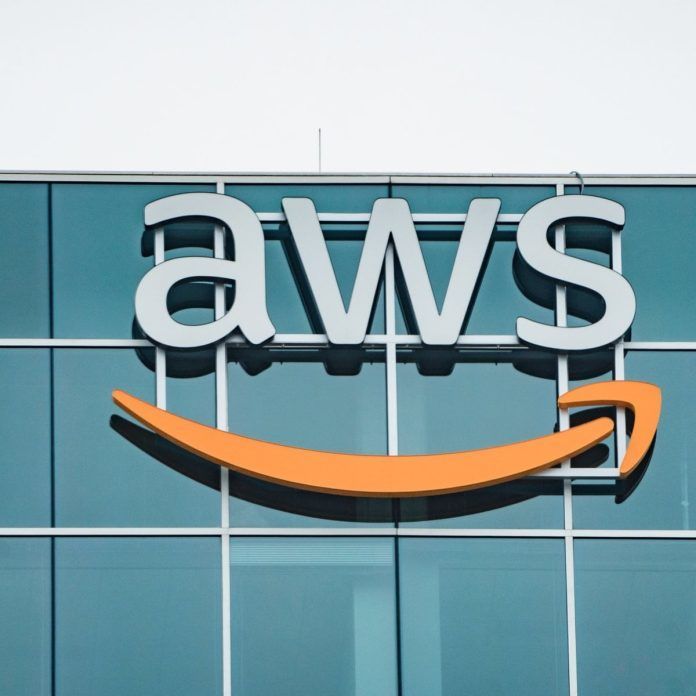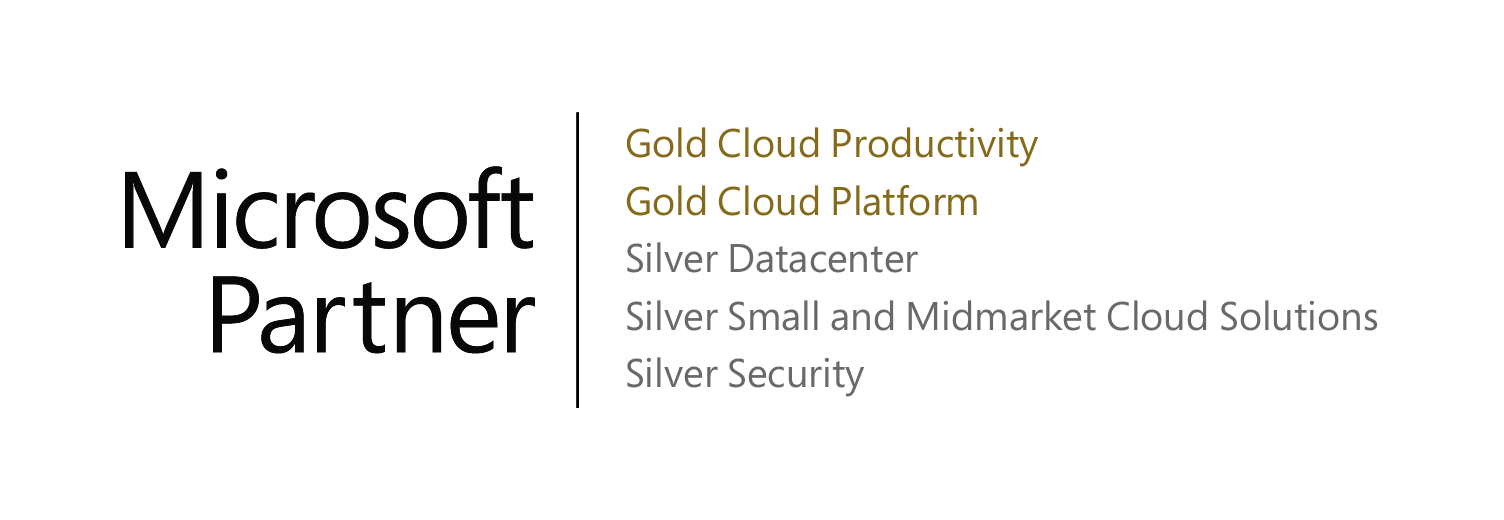Now that your business has moved to the cloud you’ve probably had people ask you if it was worth it. For the vast majority of companies, the overwhelming answer is a quick “yes”. The benefits are easy to see and include things like increased scalability, flexibility, cost savings, and improved collaboration.
However, when you dig a little deeper, you’ll also hear some uncertainty. That’s because there are often hidden costs associated with cloud migrations that businesses don’t always fully recognize or consider. While the best time to think about these issues is before migrating, here are some useful things to look at to ensure the benefits really outweigh all of the costs.
Comprehensive Cost Analysis: Conduct a thorough cost analysis that includes not only direct expenses but also potential hidden costs. Factor in data transfer, bandwidth, training, and any unforeseen expenses.
Migration Strategy: Review your migration strategy that it included thoroughly assessing which workloads were suitable for the cloud, considered hybrid cloud approaches, and prioritized critical applications.
Performance Testing: Test to compare pre and post migration performance on all key metrics to identify and address any latency or network issues that could have impacted user experience.
Proactive Cost Management: Implement cost management practices from the outset, such as using cost monitoring tools, setting budget thresholds, and regularly reviewing and optimizing your cloud resources.
Employee Training: How much did you need to invest in training your existing staff to acquire the necessary cloud skills? While this can reduce the need for additional hiring and ensure a smoother migration process, it can also add up quickly both for the migration itself and on an ongoing basis.
Change Management: Were planned change management enough to help employees adapt to new workflows and technologies, and minimize disruptions?
Continuous Evaluation: Regularly assess the impact of cloud migration on your business goals and KPIs. Make adjustments as needed to ensure that the migration is providing the intended value.
By carefully considering any hidden costs and revisiting the actual vs anticipated impact on key areas, businesses can confidently answer the question of whether their cloud migration was worth the investment while reaping the full benefits of your new cloud environment
IT Disaster Recovery Downtime Calculator
Downtime can be devastating.
Do you know how much a potential IT incident would cost your organization?
Find out now by using our simple Downtime Cost Calculator.
IT Disaster Recovery Downtime Calculator
Downtime can be devastating.
Do you know how much a potential IT incident would cost your organization?
Find out now by using our simple Downtime Cost Calculator.




